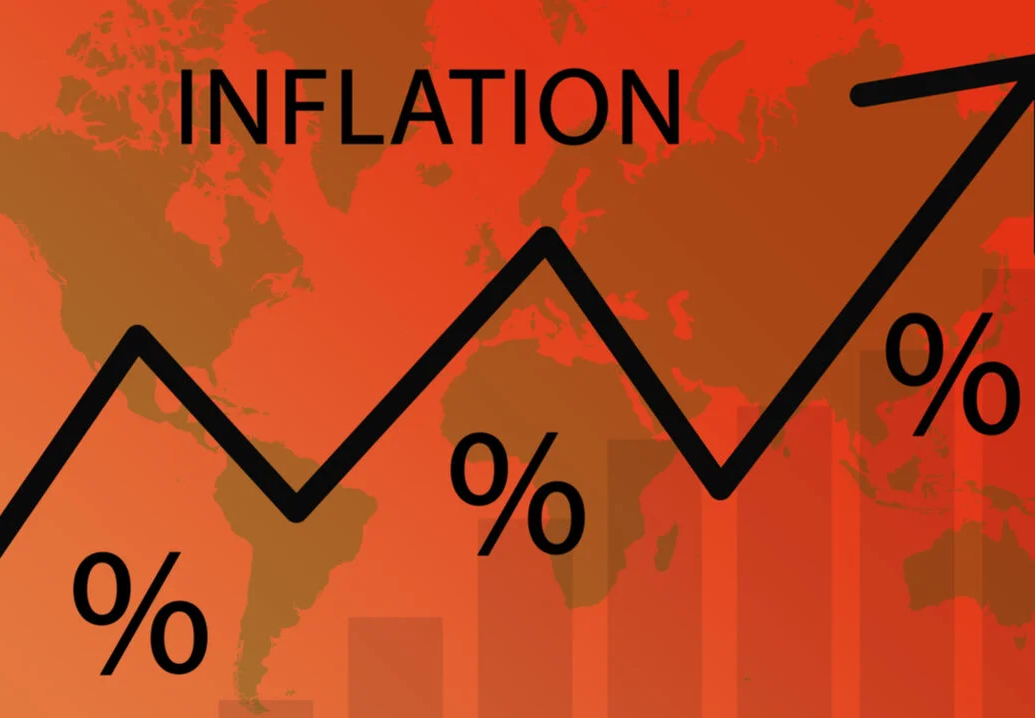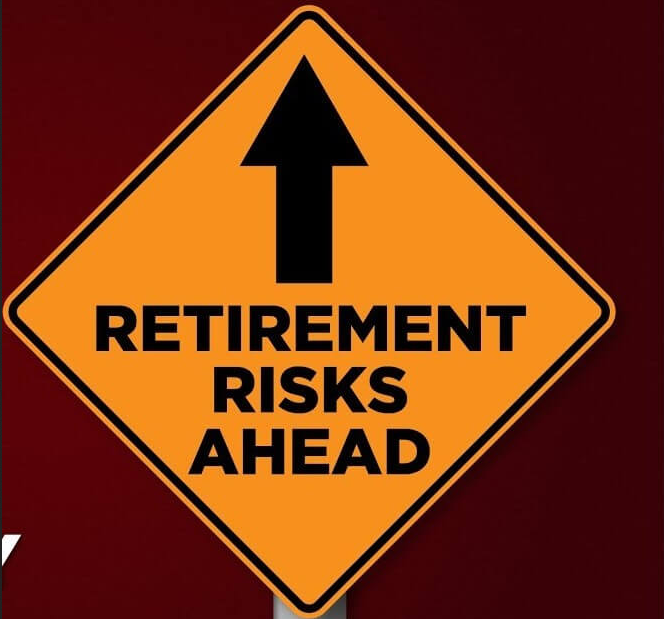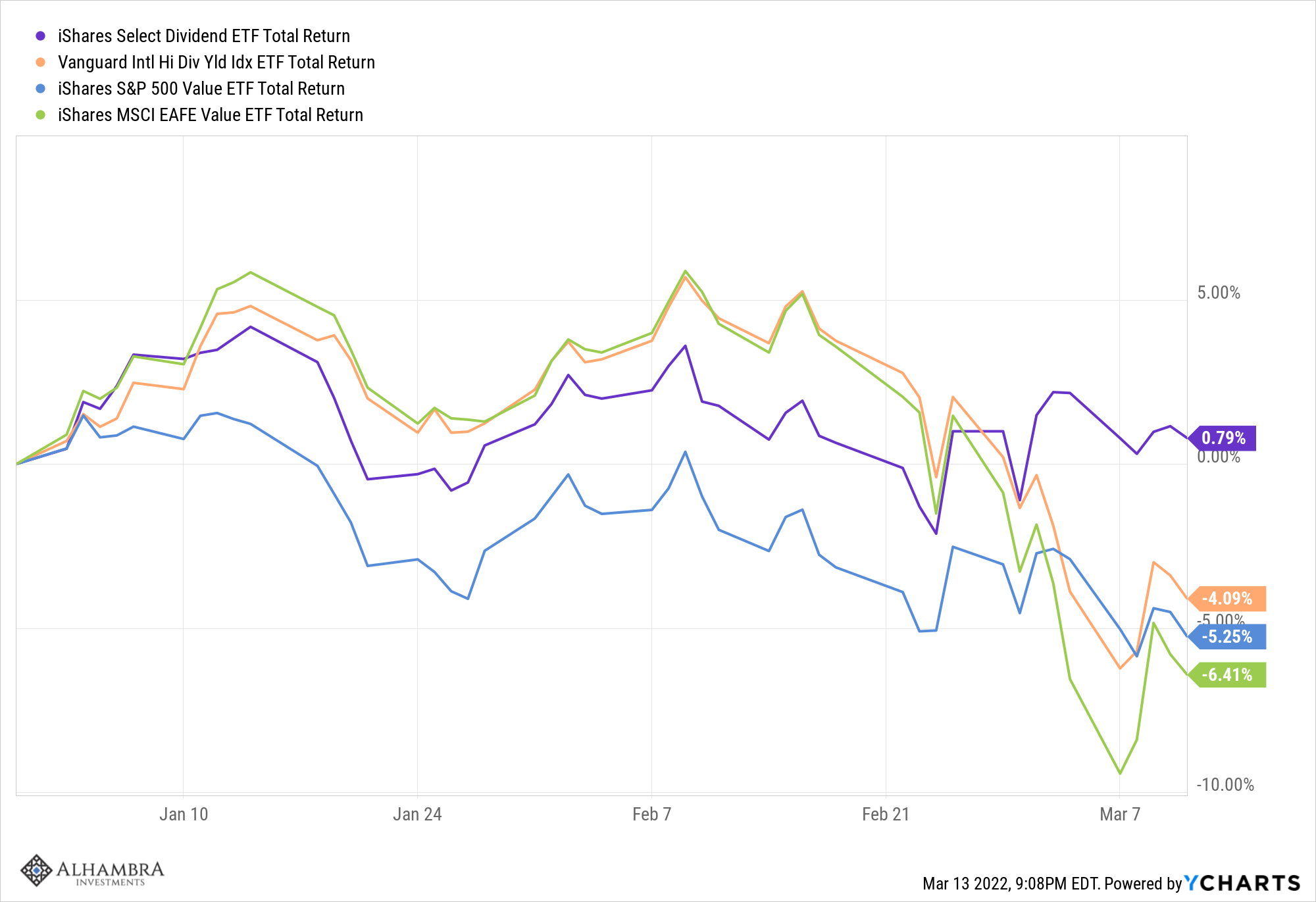In 2022, Social Security recipients got a 5.9% cost-of-living adjustment (COLA). That was the largest increase in 40 years. The COLA coming in 2023 may be even bigger. Social Security calculates cost-of-living increases based on changes in the Consumer Price Index for Urban Wage Earners and Clerical Workers (CPI-W) from September to September each year. According to the Bureau of Labor Statistics, the CPI-W has increased 9.4% from March 2021 to March 2022. So, unless inflation comes down, its projected that the next Social Security COLA could be 9% or higher. Without the annual COLA, many retirees would not be able to survive in an inflationary environment, especially those on fixed incomes. Additionally, low-interest rates have worked against retirees who depend
Topics:
Bob Williams considers the following as important: 5.) Alhambra Investments, Featured, Financial Planning, newsletter, retirement income
This could be interesting, too:
Nachrichten Ticker - www.finanzen.ch writes Die Performance der Kryptowährungen in KW 9: Das hat sich bei Bitcoin, Ether & Co. getan
Nachrichten Ticker - www.finanzen.ch writes Wer verbirgt sich hinter der Ethereum-Technologie?
Martin Hartmann writes Eine Analyse nach den Lehren von Milton Friedman
Marc Chandler writes March 2025 Monthly
In 2022, Social Security recipients got a 5.9% cost-of-living adjustment (COLA). That was the largest increase in 40 years. The COLA coming in 2023 may be even bigger.
Social Security calculates cost-of-living increases based on changes in the Consumer Price Index for Urban Wage Earners and Clerical Workers (CPI-W) from September to September each year. According to the Bureau of Labor Statistics, the CPI-W has increased 9.4% from March 2021 to March 2022. So, unless inflation comes down, its projected that the next Social Security COLA could be 9% or higher.
Without the annual COLA, many retirees would not be able to survive in an inflationary environment, especially those on fixed incomes. Additionally, low-interest rates have worked against retirees who depend on interest to supplement their income.
The last high inflationary period in the U.S. was in the early 1980s. In 1981, the Social Security Administration announced that benefits would increase by 11.2% the following year. In May 1981, the interest rate on three-month Treasury bonds reached a high of 16.3%, almost 5% higher than the adjustment in Social Security benefits.
Today, it’s different. In March 2022, the rate on three-month Treasury bonds was 0.44%, more than 5% lower than the previous COLA. The Federal Reserve just raised short-term interest rates to fight inflation with an expectation of additional rate hikes during 2022. And while that will mean more interest to retirees than they have been receiving, it will be a slow process that may not help them much.
While the possibility of a 9% increase to Social Security checks sounds really good, you have to keep things in perspective. The cost of Medicare coverage will also go up. In 2022, Social Security checks increased by 5.9% but the cost of Medicare went up 14.5%.
Tags: Featured,Financial Planning,newsletter,retirement income









